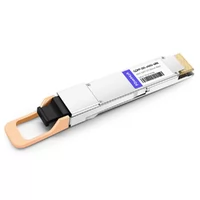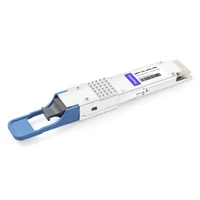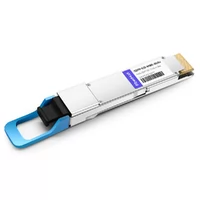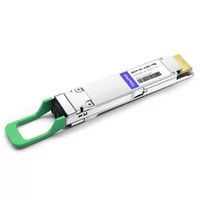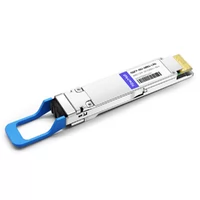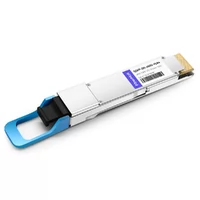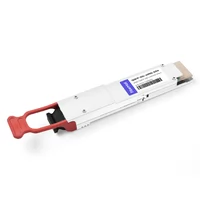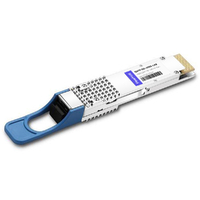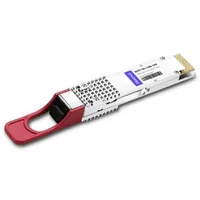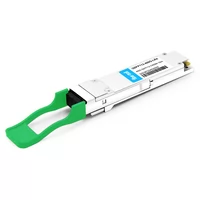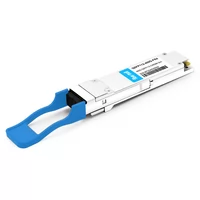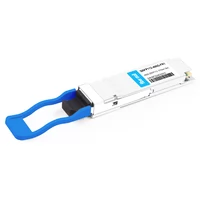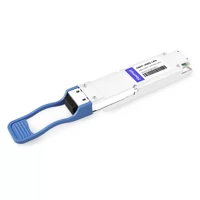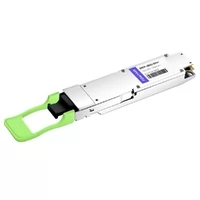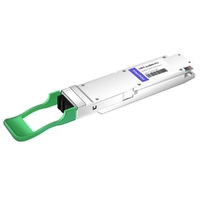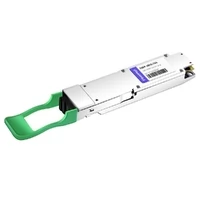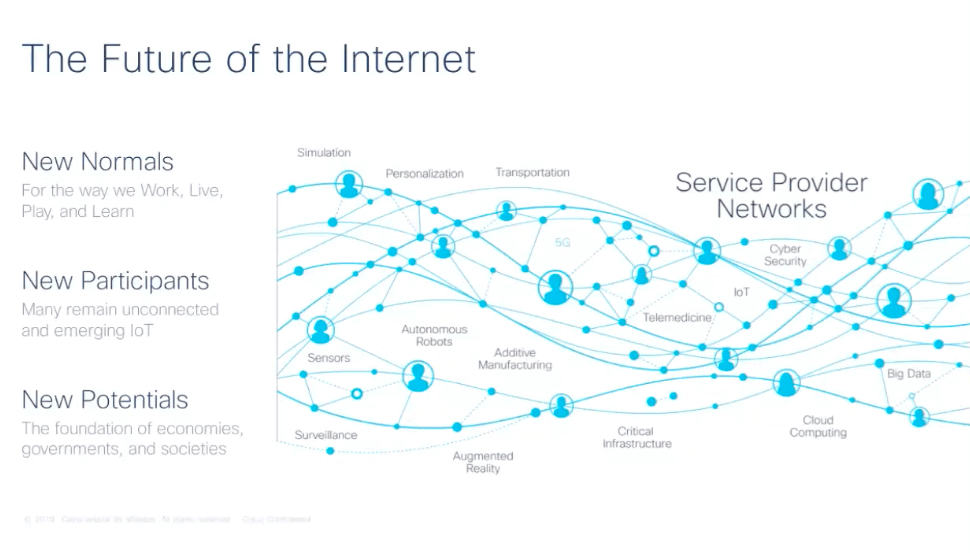
In the future, many people and devices will join the internet, driving everything towards digitalization. This will make our lives more colorful, mining safer, agriculture more efficient, transportation more convenient, and healthcare faster. All of this represents new opportunities and will take on new forms. The network infrastructure will become a catalyst for national economic and social development, making everything imaginable possible.
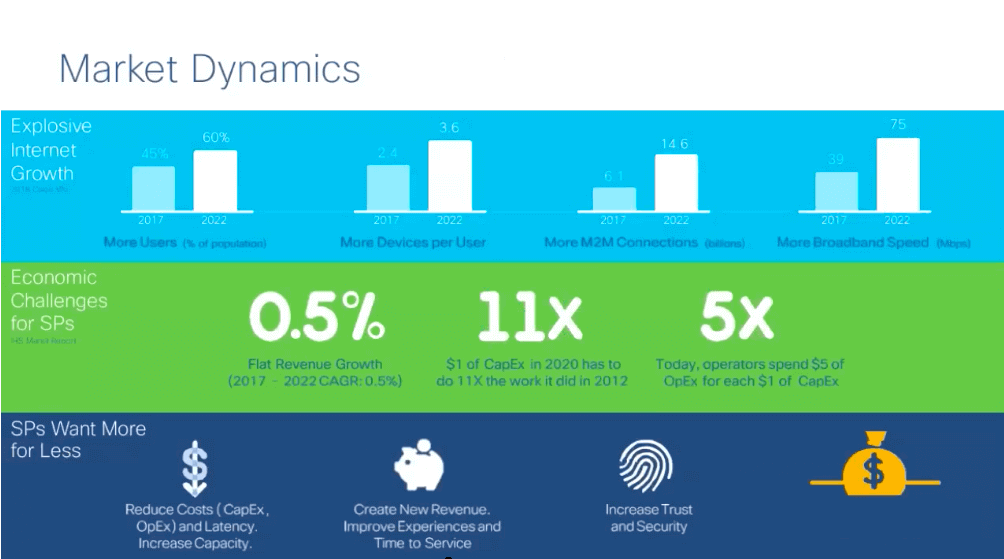
Let’s take a look at some data: by 2022, 60% of the world’s population will be connected to the internet, with an average of four internet-connected devices per person, such as smartphones, iPads, and PCs. The number of connected devices is expected to reach 15 billion, with an average bandwidth of 75 Mbps. However, from the perspective of network operators’ business operations, they are still facing challenges as revenue growth has almost stagnated, while capital expenditures and operating costs have increased by 11 times and 5 times respectively. Therefore, for enterprises, the consideration must be to reduce costs and increase capacity but also find new areas of growth.
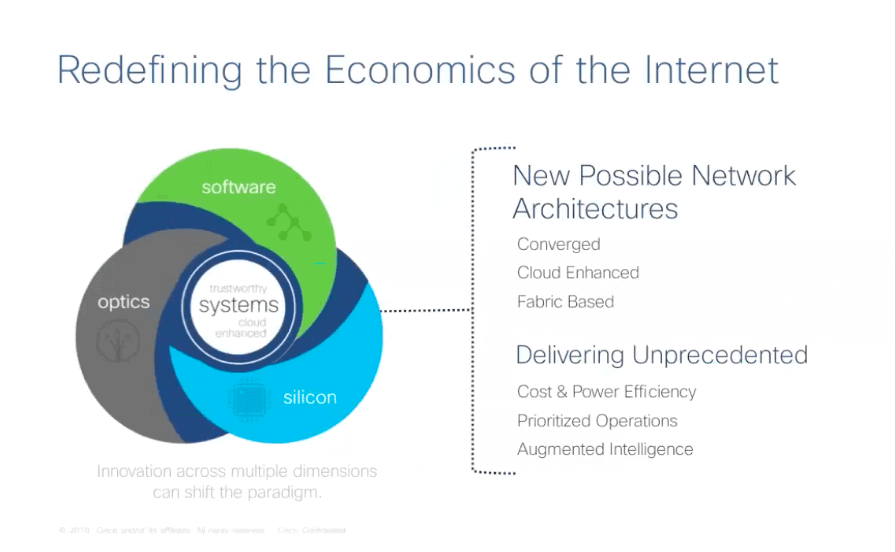
The number of devices connected to the internet is not increasing linearly, but exponentially. In the face of such growth, how should we respond? We must redefine the internet economy and design new chips, optical technologies, systems, and software to meet this growth and address these needs through innovation. We must innovate in different directions and dimensions, and establish new network architectures, such as cloud architecture or cloud-based architecture, that can scale or horizontally expand.
In addition, what we must focus on is cost and energy efficiency. Operating expenses are the first priority.
![]()
First, let’s take a look at the Silicon ONE chip.
![]()
Silicon ONE is a routing chip that truly exceeds 10T in capacity and has the efficiency of a switch chip. In 2019, Broadcom released its next-generation chip, Trident, which can achieve 25.6T, but it is not the same type of chip as Silicon ONE. In addition to its high performance, the Silicon ONE chip performs well in aspects such as QC, buffer, and flexibility. With this chip, targeted designs can be made for multiple segmented markets.
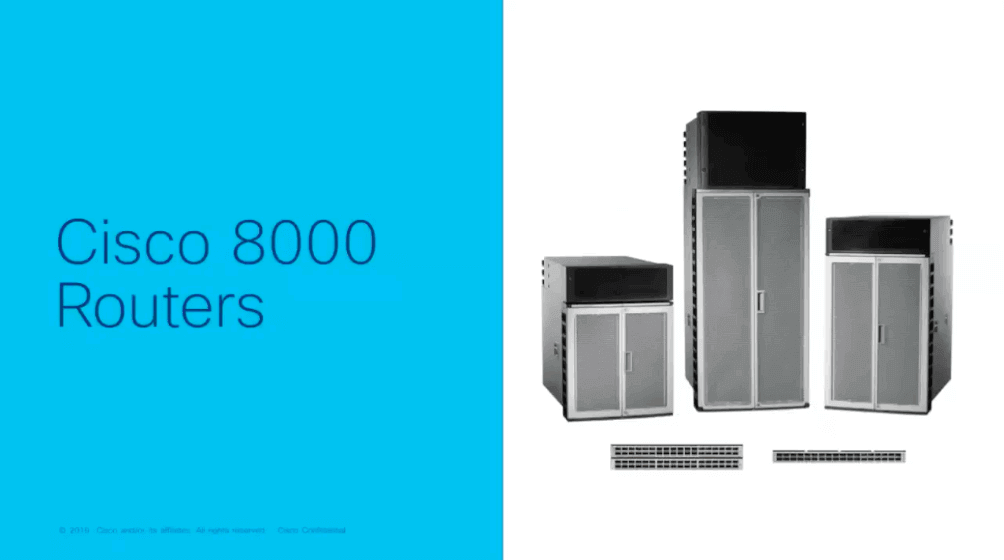
![]()
Let’s take a look at the new router platform from Cisco, the 8000 series which uses Silicon ONE chips. There are a total of five devices, including two fixed box devices and three modular devices. The three modular devices are the 8000-8, 8000-12, and 8000-18. Huawei’s new router products, on the other hand, include the NE8000-X4 and NE8000-X8 models (with the X16 yet to be released).
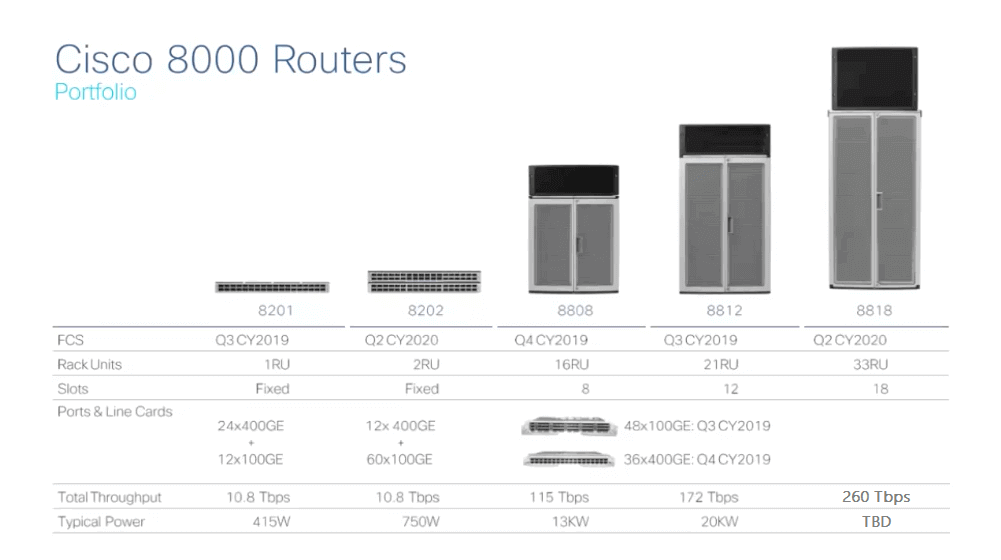
The above image provides some specific information, stating that the current box-style equipment can support a maximum of 36×400G.
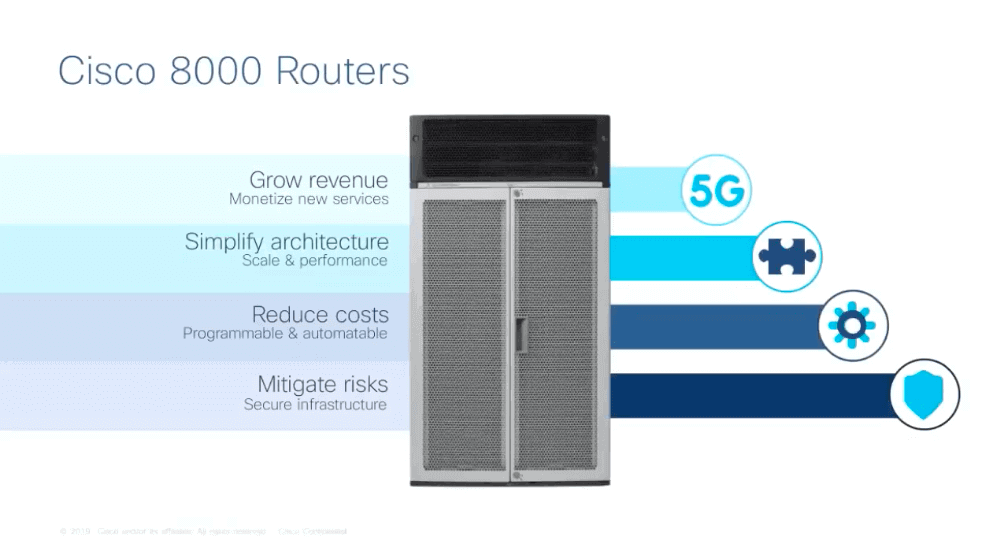
The Cisco 8000 router is a high-end flagship core router from Cisco, which can help customers increase revenue, simplify architecture, scale up and improve performance, lower costs, and mitigate risks.

Let’s take a look at the roadmap for the 8000 series.
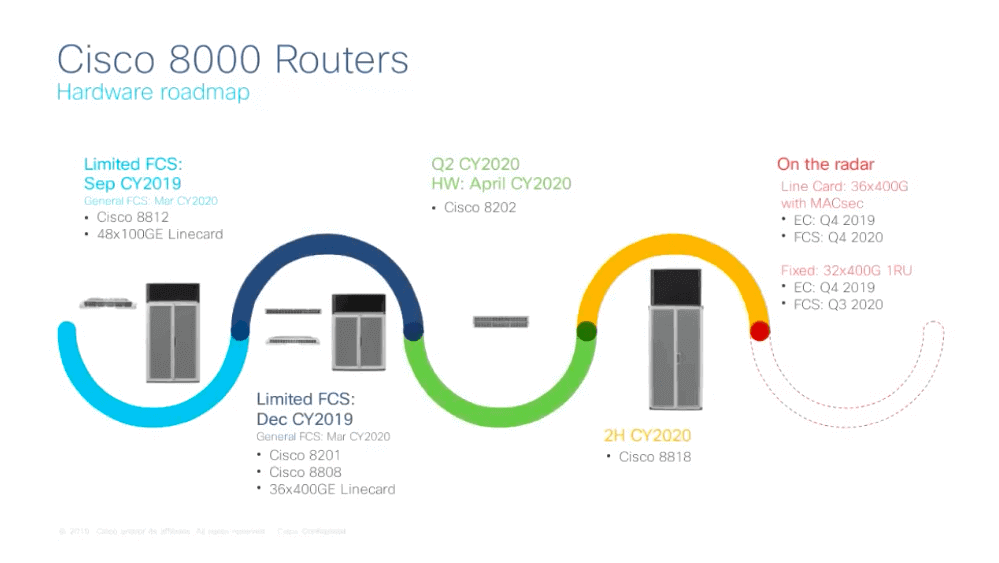
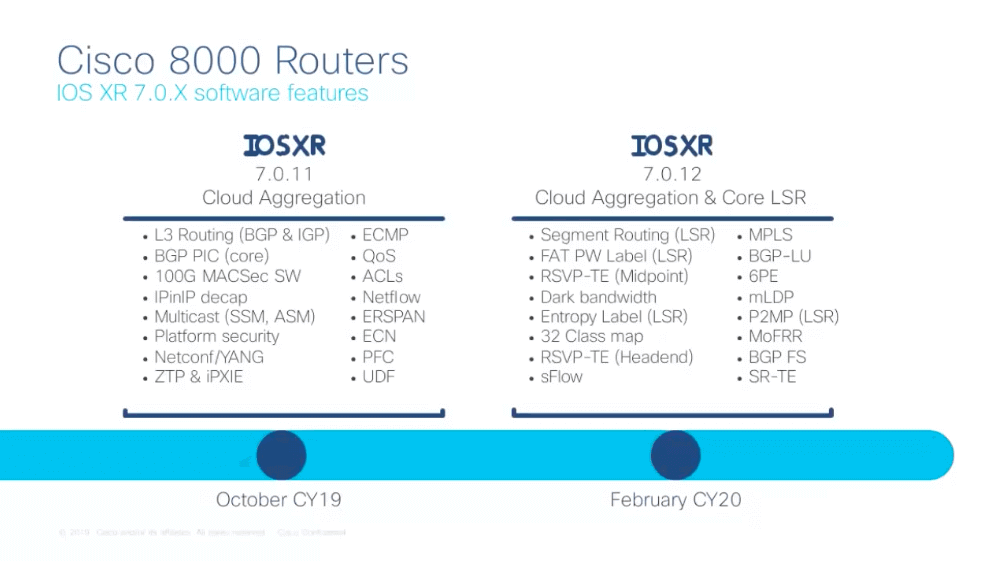
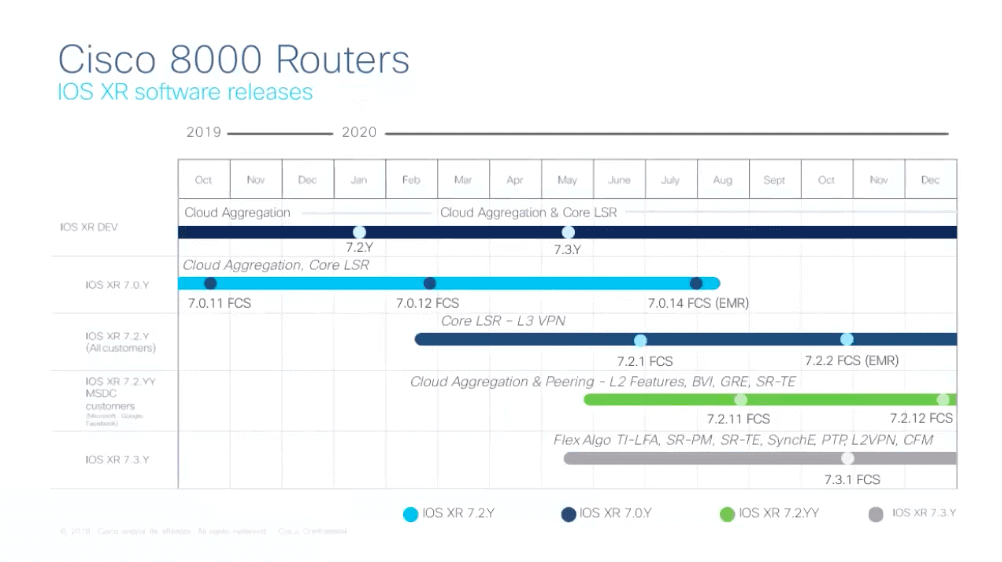
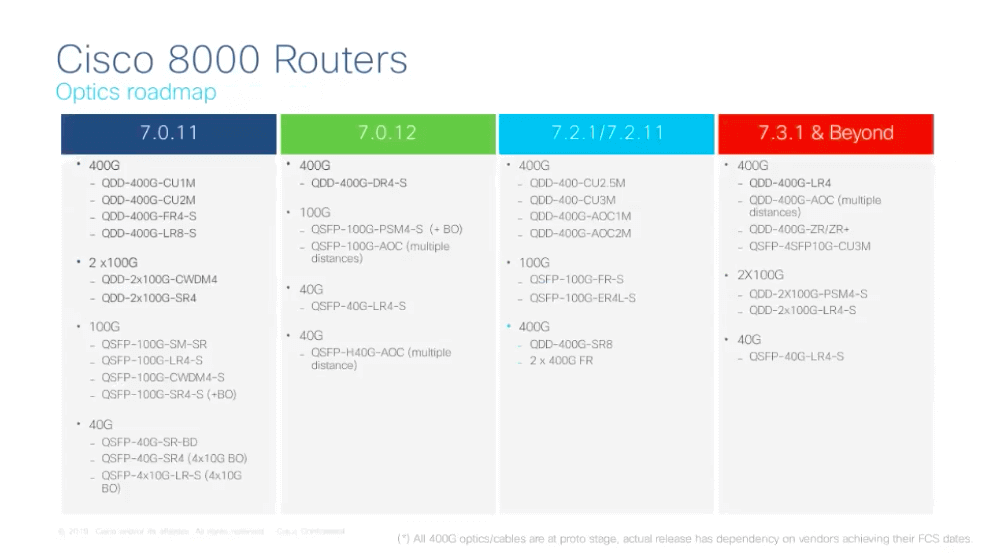
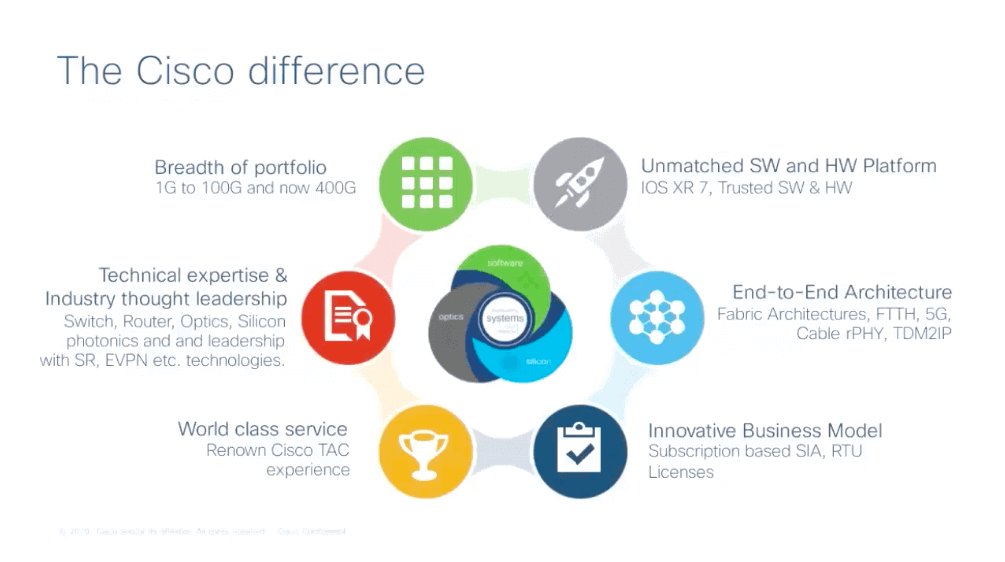
What can Cisco bring to us?
- Port capacity from 1G to 100G to 400G
- Technical experts and industry leaders
- World-class servers
- Excellent software and hardware platforms
- End-to-end architecture
- Business model innovation

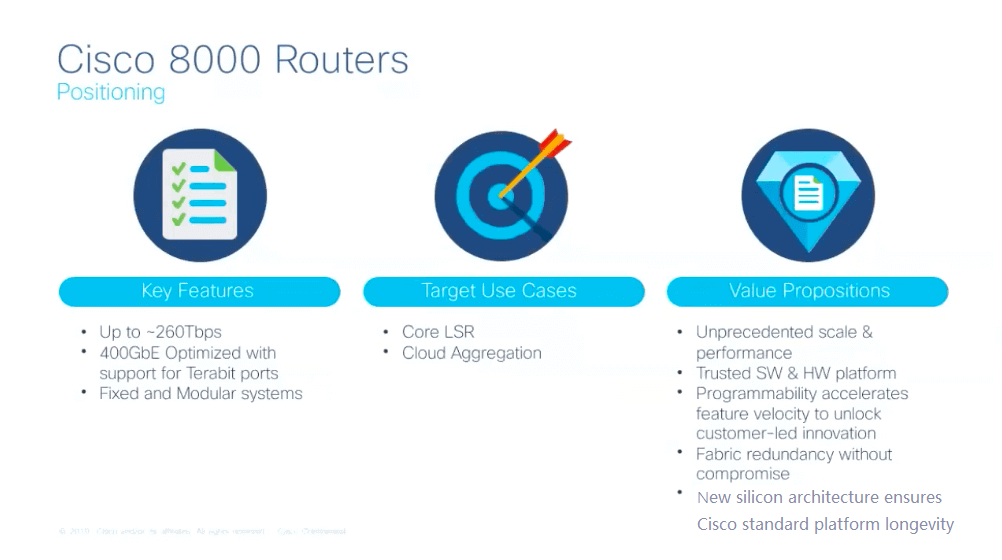
Key Features
- Up to~260Tbps
- 400GbE Optimized with support for Terabit ports
- Fixed and Modular systems
Target Use Cases
- Core LSR
- Cloud Aggregation
Value Propositions
- Unprecedented scale &performance
- Trusted SW& HW platform
- Programmability accelerates feature velocity to unlock customer-led innovation
- Fabric redundancy without compromise
- New silicon architecture ensures Cisco standard platform longevity

8000 series router analysis for different client needs:
- For existing customers: Cisco 8000 series can be purchased if you require 14.4T per slot.
- For existing or new customers: evaluate opportunity with BU PLM, use case, density, features, and platform longevity, Cisco 8000 and NCS 5500 series both work.
- If you want to compete against 14.4T/slot high-density products from Arista or Juniper, then the Cisco 8000 series is a better choice.
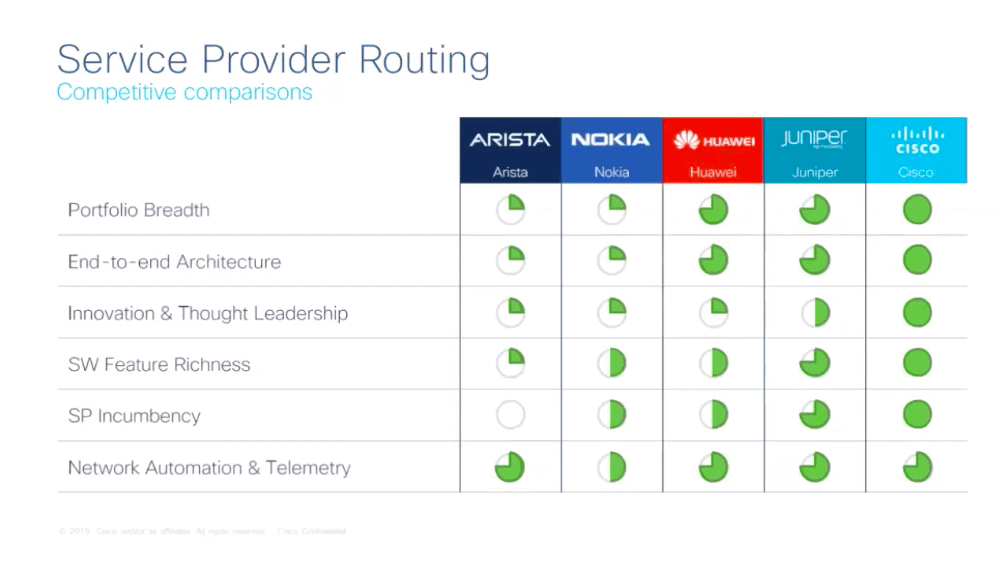
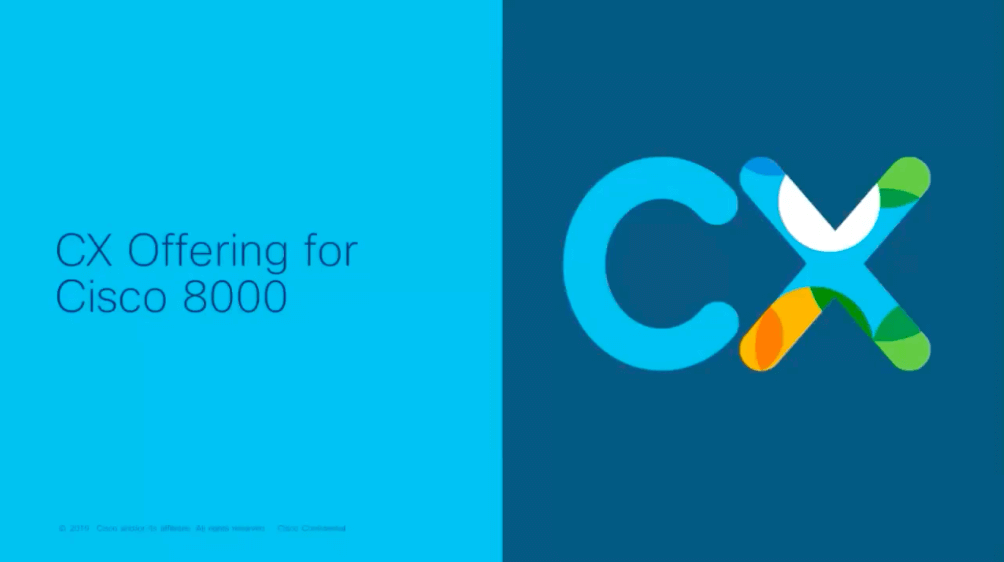
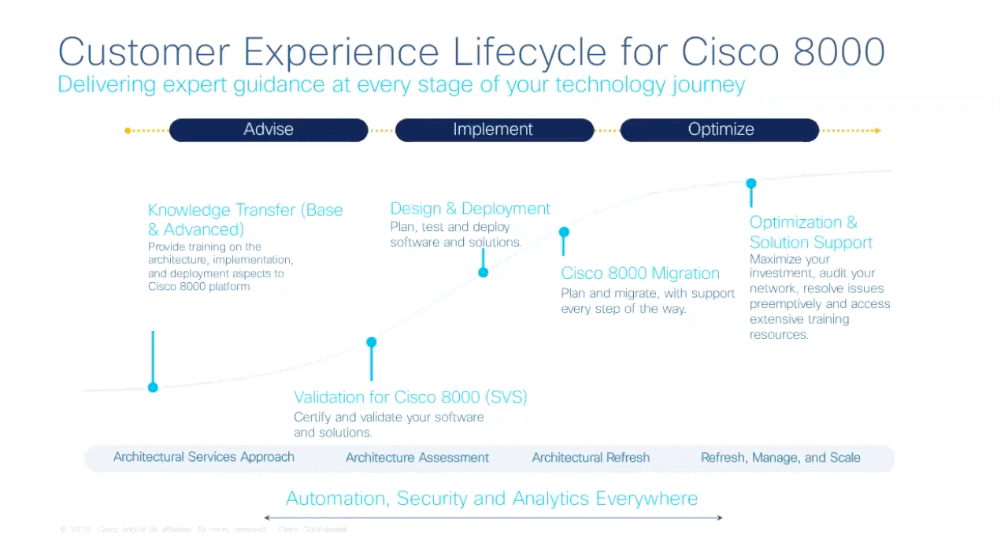
Related Products:
-
 QSFP-DD-400G-SR8 400G QSFP-DD SR8 PAM4 850nm 100m MTP/MPO OM3 FEC Optical Transceiver Module
$149.00
QSFP-DD-400G-SR8 400G QSFP-DD SR8 PAM4 850nm 100m MTP/MPO OM3 FEC Optical Transceiver Module
$149.00
-
 QSFP-DD-400G-DR4 400G QSFP-DD DR4 PAM4 1310nm 500m MTP/MPO SMF FEC Optical Transceiver Module
$400.00
QSFP-DD-400G-DR4 400G QSFP-DD DR4 PAM4 1310nm 500m MTP/MPO SMF FEC Optical Transceiver Module
$400.00
-
 QSFP-DD-400G-XDR4 400G QSFP-DD XDR4 PAM4 1310nm 2km MTP/MPO-12 SMF FEC Optical Transceiver Module
$580.00
QSFP-DD-400G-XDR4 400G QSFP-DD XDR4 PAM4 1310nm 2km MTP/MPO-12 SMF FEC Optical Transceiver Module
$580.00
-
 QSFP-DD-400G-FR4 400G QSFP-DD FR4 PAM4 CWDM4 2km LC SMF FEC Optical Transceiver Module
$500.00
QSFP-DD-400G-FR4 400G QSFP-DD FR4 PAM4 CWDM4 2km LC SMF FEC Optical Transceiver Module
$500.00
-
 QSFP-DD-400G-LR4 400G QSFP-DD LR4 PAM4 CWDM4 10km LC SMF FEC Optical Transceiver Module
$600.00
QSFP-DD-400G-LR4 400G QSFP-DD LR4 PAM4 CWDM4 10km LC SMF FEC Optical Transceiver Module
$600.00
-
 QSFP-DD-400G-PLR4 400G QSFP-DD PLR4 PAM4 1310nm 10km MTP/MPO-12 SMF FEC Optical Transceiver Module
$1000.00
QSFP-DD-400G-PLR4 400G QSFP-DD PLR4 PAM4 1310nm 10km MTP/MPO-12 SMF FEC Optical Transceiver Module
$1000.00
-
 QSFP-DD-400G-ER4 400G QSFP-DD ER4 PAM4 LWDM4 40km LC SMF without FEC Optical Transceiver Module
$3500.00
QSFP-DD-400G-ER4 400G QSFP-DD ER4 PAM4 LWDM4 40km LC SMF without FEC Optical Transceiver Module
$3500.00
-
 QSFP-DD-400G-LR8 400G QSFP-DD LR8 PAM4 LWDM8 10km LC SMF FEC Optical Transceiver Module
$2500.00
QSFP-DD-400G-LR8 400G QSFP-DD LR8 PAM4 LWDM8 10km LC SMF FEC Optical Transceiver Module
$2500.00
-
 QSFP-DD-400G-ER8 400G QSFP-DD ER8 PAM4 LWDM8 40km LC SMF FEC Optical Transceiver Module
$3800.00
QSFP-DD-400G-ER8 400G QSFP-DD ER8 PAM4 LWDM8 40km LC SMF FEC Optical Transceiver Module
$3800.00
-
 QSFP112-400G-LR4 400G QSFP112 LR4 PAM4 CWDM 10km Duplex LC SMF FEC Optical Transceiver Module
$1500.00
QSFP112-400G-LR4 400G QSFP112 LR4 PAM4 CWDM 10km Duplex LC SMF FEC Optical Transceiver Module
$1500.00
-
 QSFP112-400G-FR4 400G QSFP112 FR4 PAM4 CWDM 2km Duplex LC SMF FEC Optical Transceiver Module
$750.00
QSFP112-400G-FR4 400G QSFP112 FR4 PAM4 CWDM 2km Duplex LC SMF FEC Optical Transceiver Module
$750.00
-
 QSFP112-400G-FR1 4x100G QSFP112 FR1 PAM4 1310nm 2km MTP/MPO-12 SMF FEC Optical Transceiver Module
$1200.00
QSFP112-400G-FR1 4x100G QSFP112 FR1 PAM4 1310nm 2km MTP/MPO-12 SMF FEC Optical Transceiver Module
$1200.00
-
 OSFP-400G-LR4 400G LR4 OSFP PAM4 CWDM4 LC 10km SMF Optical Transceiver Module
$1199.00
OSFP-400G-LR4 400G LR4 OSFP PAM4 CWDM4 LC 10km SMF Optical Transceiver Module
$1199.00
-
 OSFP-400G-DR4+ 400G OSFP DR4+ 1310nm MPO-12 2km SMF Optical Transceiver Module
$850.00
OSFP-400G-DR4+ 400G OSFP DR4+ 1310nm MPO-12 2km SMF Optical Transceiver Module
$850.00
-
 OSFP-2x200G-FR4 2x 200G OSFP FR4 PAM4 2x CWDM4 CS 2km SMF FEC Optical Transceiver Module
$1500.00
OSFP-2x200G-FR4 2x 200G OSFP FR4 PAM4 2x CWDM4 CS 2km SMF FEC Optical Transceiver Module
$1500.00
-
 OSFP-400G-FR4 400G FR4 OSFP PAM4 CWDM4 2km LC SMF FEC Optical Transceiver Module
$900.00
OSFP-400G-FR4 400G FR4 OSFP PAM4 CWDM4 2km LC SMF FEC Optical Transceiver Module
$900.00

